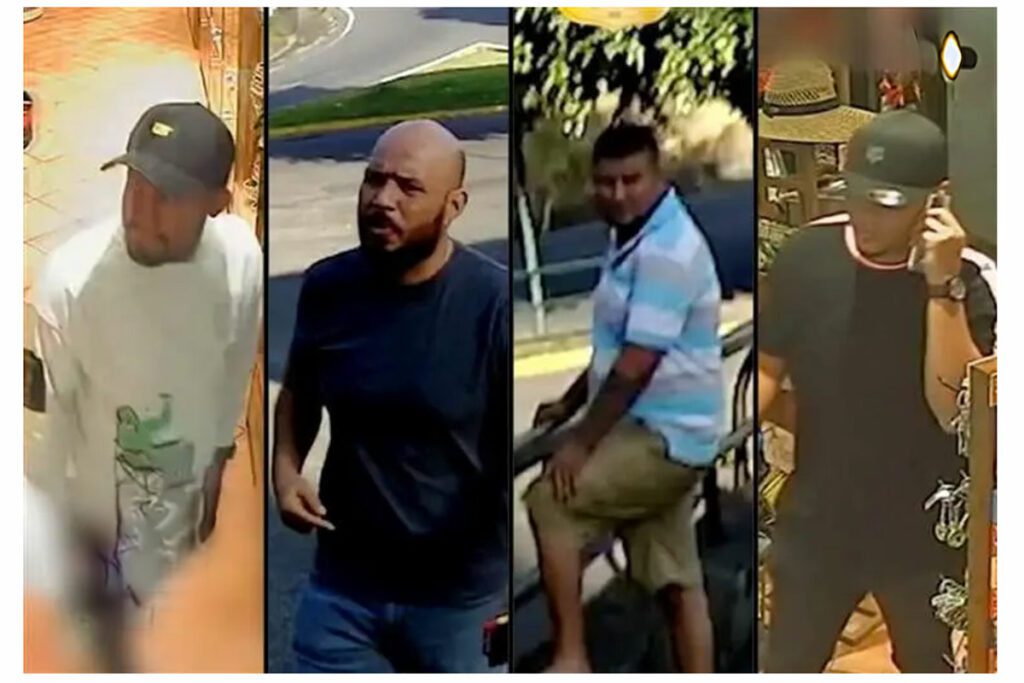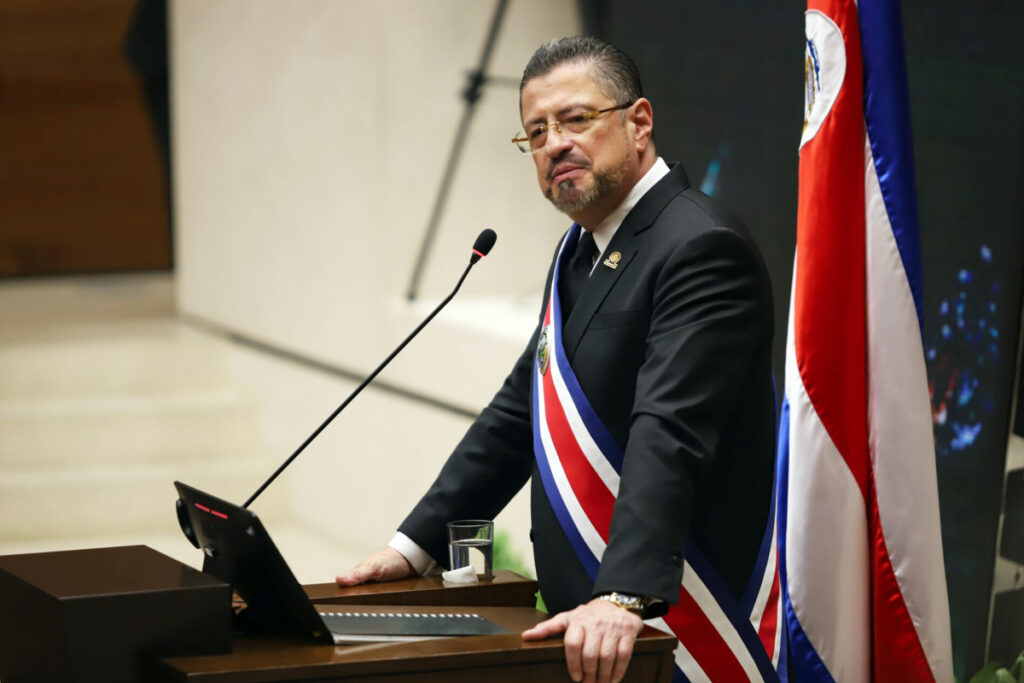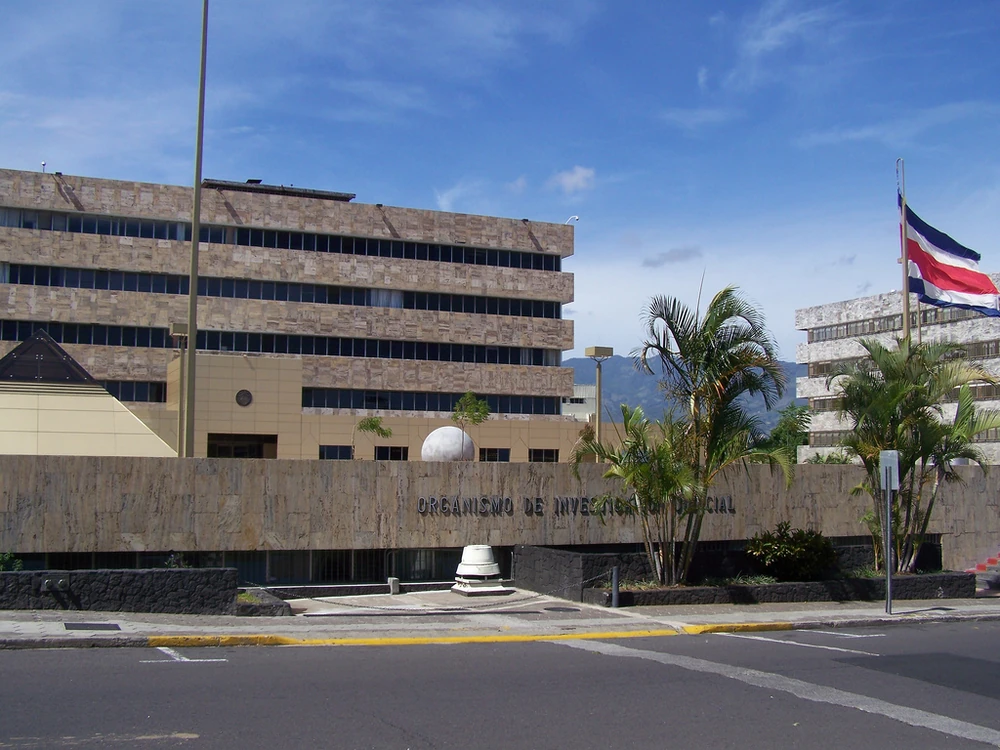The release of information on the suspects in the attack against opposition figure Joao Maldonado and his partner, Nadia Robleto, by Costa Rica’s Judicial Investigation Agency (OIJ) on Friday, September 27, has reignited debate over the possible presence of Sandinista regime cells operating within Costa Rica. While the victims and opposition groups directly accuse Daniel Ortega and Rosario Murillo’s regime of seeking revenge on Maldonado, President Rodrigo Chaves firmly denies any existence of “an organized cell controlled by the Nicaraguan government.”
A security expert, who spoke anonymously, argues that the OIJ’s disclosure about the alleged attackers “neither proves nor establishes” the presence of Sandinista cells in Costa Rica, as “the motives behind these attacks have yet to be revealed.”
“Strong presumption” of political motives
The source noted a “strong presumption” of political motives behind both attacks, suggesting a possible connection to the Ortega-Murillo regime, though this remains unconfirmed. On Friday, September 27, the OIJ released photos of six suspects involved in the attack on Nicaraguan political activist Joao Maldonado, founder of the Union of Nicaraguan Exiles (UEN), and his wife, Nadia Robleto, which occurred on January 10. Both survived the shooting incident in Montes de Oca, San José, Costa Rica.
Among those identified in the photos is journalist Danilo Aguirre Sequeira, a former member of the National Blue and White Unity (UNAB) and other opposition groups. Aguirre Sequeira confirmed to Confidencial that he appears in the footage, but requested to speak “later.”
“I need to protect myself for my own safety,” he said. Since then, he has not provided further comment, and the OIJ has released no additional details on the investigation into the attack.
Aguirre Sequeira’s current whereabouts remain unknown. According to Costa Rican immigration records, his last entry into Costa Rica was on July 8, 2021, and he departed for Nicaragua five days later. For him to appear in the OIJ photos, he must have re-entered Costa Rica irregularly.
The Ortega-Murillo regime has stayed silent on the matter, and its propagandist social media channels have not addressed the case, unlike other incidents involving Nicaraguan opposition figures.
In a statement, UNAB clarified that Aguirre Sequeira has had no association with them since 2020 and had only once been a candidate for a position within the organization, which he did not obtain.
Two attacks on Joao Maldonado

Joao Maldonado has been targeted in two attacks since seeking asylum in Costa Rica in 2018. The first occurred on September 11, 2021, in Escazú, where he was shot five times, sustaining injuries to his collarbone, abdomen, and forearm. He survived after spending several weeks in critical condition. This attack took place as he was organizing a protest against the Ortega-Murillo regime in the Costa Rican capital.
On January 10, 2024, Maldonado was shot again, this time in Montes de Oca, another district of the Costa Rican capital, while driving with his wife, Nadia Robleto. He was shot at least seven times in the head and chest, and Robleto was also shot in the head. Both were hospitalized in critical condition but survived. They were later moved to the United States, where they continue to keep a low profile.
Maldonado reports threats from the Dictatorship
Hours after the most recent attack, the Costa Rican newspaper La Nación published an interview from September 19, 2023, in which Maldonado claimed that investigators had identified the first attack as being planned and executed by Ortega-Murillo’s intelligence services, and that they were preparing another attack.
In the interview, Maldonado revealed that he had been evacuated to a “safe place” by the Directorate of Intelligence and Security (DIS) in August 2023. He recounted receiving threats from regime affiliates who assured him they would not miss their target the second time around.
Maldonado insisted that the threats were directly from the Nicaraguan regime, stating, “I’m not the only one; I wasn’t the first in Costa Rica.” He added, “There is a base of Daniel Ortega’s government here, consisting of people who have been operating in Costa Rica since the 1980s, including military intelligence and state security.”
Several opposition groups have attributed the attack to the Sandinista dictatorship. “This is a continuation of political persecution, hatred, and vengeance by the Ortega-Murillo dictatorship against the leadership Joao showed during the April Uprising in Carazo,” declared the Group of Reflection of Former Political Prisoners (GREX).
The UEN, to which Maldonado belongs, stated, “We are convinced this is yet another act of persecution by the Ortega-Murillo Sandinista regime against Nicaraguan opposition figures residing in Costa Rica.”
Chaves denies Sandinista cell presence

However, on January 11, the Costa Rican Presidency issued a statement denying any “evidence of an organized cell controlled by the Nicaraguan Government” operating in Costa Rica.
On January 16, the Costa Rican Congress passed a resolution condemning the attack on the couple and called on authorities to investigate whether “criminal groups orchestrated by the Nicaraguan dictatorship are operating in the country, targeting Nicaraguan refugees.”
Further information needed from Costa Rican authorities
Costa Rican legislators also called on the government to review protection protocols for political refugees in the country. Johana Obando, a representative from the Liberal Progressive Party who advocated for the resolution, asserted that “the Ortega-Murillo dictatorship has been planting cells here to continue killing its own people.”
The expert consulted noted that, so far, the OIJ has not attributed political motivations to the two attacks. “The individuals shown are linked to the incident, and they are seeking public information about them,” the expert explained.
Former Nicaraguan ambassador to the OAS, Arturo McFields, agreed, emphasizing that the motive behind the attack is something Costa Rican authorities “need to clarify and investigate.”
Who is Joao Maldonado?

According to 100% Noticias, Maldonado and his wife were “in a protection program with the Judicial Investigation Agency (OIJ).” The same outlet reported that the family was scheduled to travel to the United States as part of a resettlement program when the attack took place.
Joao Maldonado Bermúdez, 37, was previously employed by Alba Petróleos of Nicaragua and was a Sandinista militant until the protests erupted in 2018. He graduated as a Computer Engineer and practiced Judo and Sambo.
The Sandinista Front accuses Maldonado of being involved in the murder of Bismarck Martínez, a member of the Sandinista party and an employee of the Managua city government, in Jinotepe, Carazo. However, Maldonado denies any involvement, calling the accusations tactics used by the Sandinista Front to “tarnish the youth movement’s fight.”





